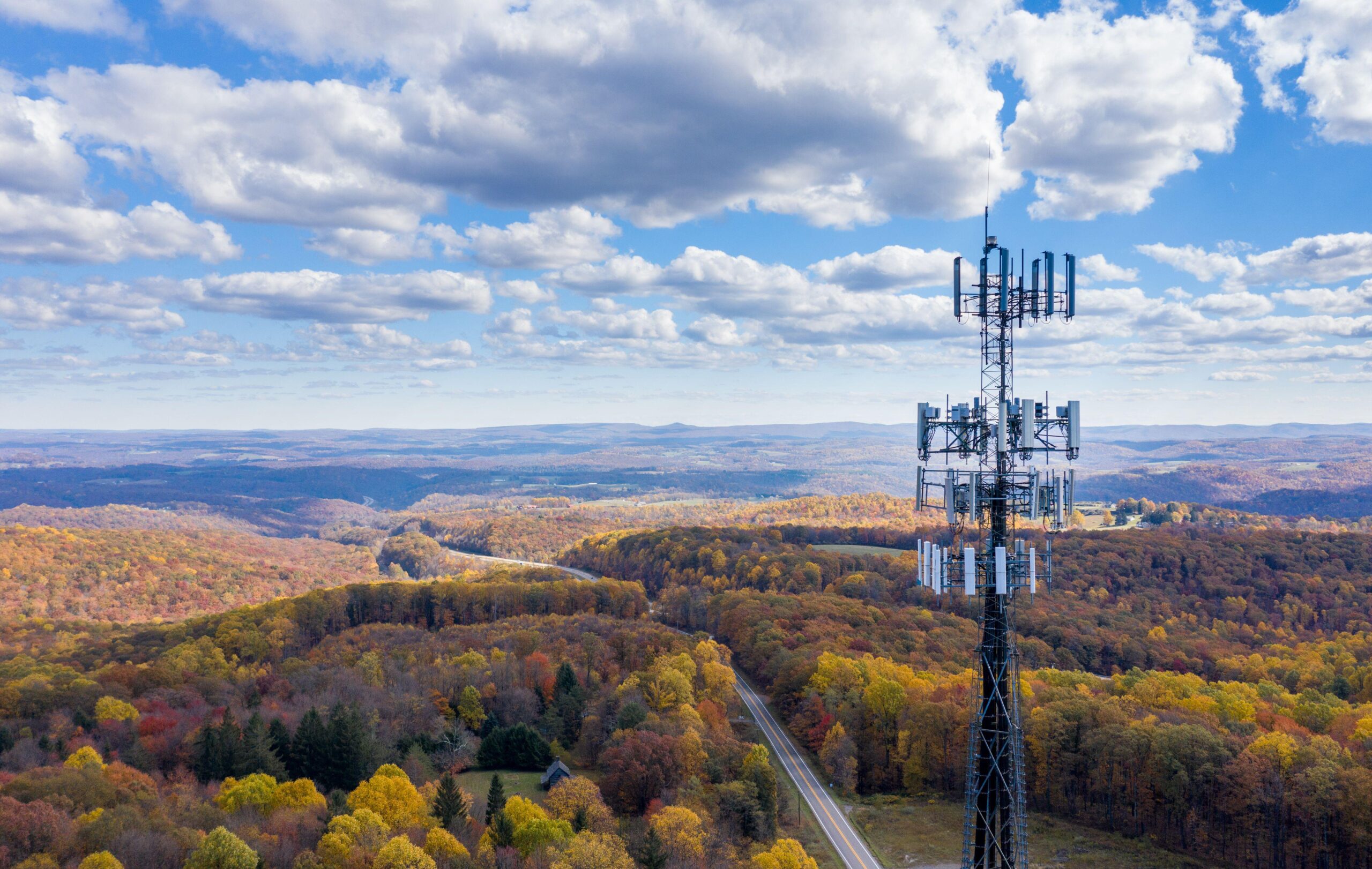
In the world of telecommunications, not all cell towers are created equal. The capacity of a cellular tower can vary significantly between urban and rural environments, influenced by factors such as population density, infrastructure investment, and technical challenges. Understanding these differences can help explain why your cellphone experience may differ drastically between city centers and rural areas.
Urban Environments
In dense urban environments, cell towers are built to handle high volumes of simultaneous connections due to the sheer number of users in a small area. A single urban cell tower can typically support:
- 150-200 voice calls simultaneously
- 1,000-2,000 active data connections
- 100-300 Mbps total data throughput (depending on technology)
Urban towers use several strategies to maximize their capacity:
- Sectoring: Urban towers often deploy 3-6 directional antennas (sectors) to efficiently handle more connections.
- Frequency reuse: Different frequency bands are used simultaneously to spread the load.
- Carrier aggregation: Combining multiple frequency bands for faster data speeds.
- MIMO technology: Multiple-input, multiple-output antennas increase data throughput by utilizing multiple signal paths.
- Small cell integration: Smaller cells are added to offload traffic from the main towers.
However, despite these advanced technologies, urban towers can experience congestion during peak hours, when user demand pushes the limits of available capacity.
Rural Environments
Rural cell towers, on the other hand, have much lower total capacity but cover a significantly larger geographic area. A typical rural tower supports:
- 50-100 simultaneous voice calls
- 300-500 active data connections
- 50-150 Mbps total data throughput
Rural towers have unique characteristics:
- Larger coverage area: Rural towers cover areas 2-5 times larger than urban towers.
- Fewer sectors: These towers typically use 1-3 sectors, prioritizing wide coverage over capacity.
- Lower frequency bands: Rural towers often use sub-1GHz frequencies, which travel farther and better penetrate obstacles like hills or buildings.
- Lower tech density: Features like massive MIMO are rare in rural settings.
- Higher latency: Due to the longer distances and fewer fiber connections, latency is higher in rural areas.
While rural towers have lower capacity, they rarely reach their limits because the number of users is far smaller. The challenge in rural areas is not capacity, but rather coverage.
The Economics Behind the Difference
The disparity in capacity is not just a technical issue—it’s also economic. Mobile carriers make investments based on where they’ll see the best return:
- Urban towers may cost more to build due to dense populations but serve thousands of users, making them more profitable.
- Rural towers cover large areas with fewer users, making them less profitable despite the large service area.
Federal subsidies and policy incentives often drive expansion in rural areas, attempting to bridge the digital divide. As 5G technology spreads, the gap in capacity between urban and rural areas may grow further, though advancements like satellite integration could help improve rural coverage.
Conclusion
The differences in tower capacity between urban and rural areas are a combination of technical challenges and economic realities. In cities, towers focus on handling massive traffic, while in rural areas, the priority is coverage over capacity. These factors contribute to the distinct differences in your cellphone experience depending on where you are, even with the same carrier and device. As technology progresses, these gaps may shrink, but understanding the underlying factors gives us a clearer picture of how telecommunications work in different environments.




